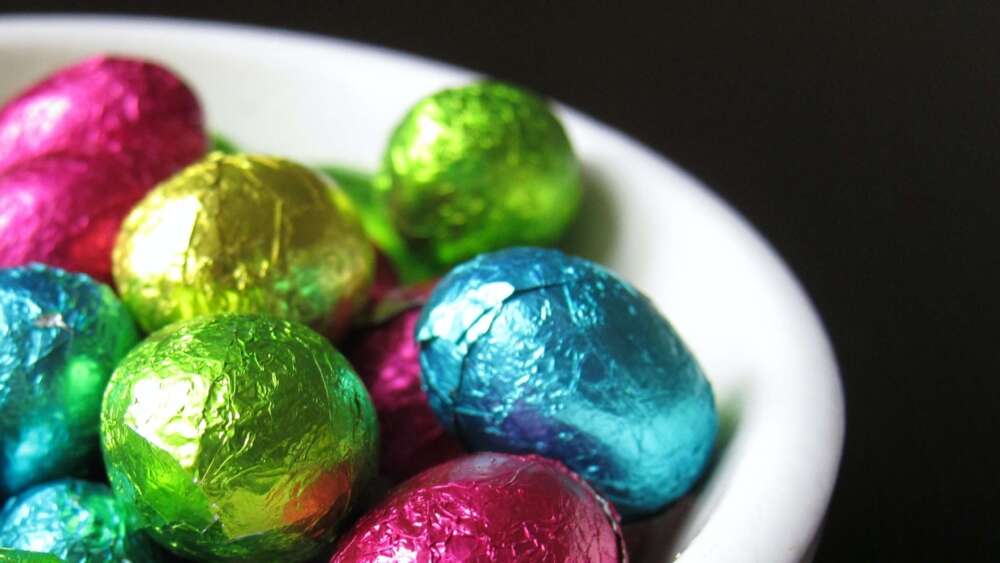As Australians race out to buy Easter eggs for loved ones this week, the task of shopping ethically can seem a bit daunting. None of us want to purchase products which are made in a way that maintains the evils of child labour. But how can we choose chocolate that has been checked for child labour and slavery, so that the estimated 1.5 million children in West Africa – where much of the world’s chocolate originates from – might have a better life?
The team at Be Slavery Free has pulled together three easy tips to help us all navigate this tricky task.
1. Check brands against this chocolate scorecard
Be Slavery Free and five other Not For Profits have joined together to create a “chocolate scorecard” that shows which chocolate companies are making efforts to stop and prevent child labour.
Scan the list ahead of making any purchases, to get an overview of how the various chocolate companies have performed.
(Bonus: this resource also contains information about the company’s environmental sustainability practices).
2. Use this shopping list
You know how sometimes you want to shop ethically but it actually means you need to double your budget and plan three months in advance to order something online, so you fail at the task year after year?
That need not be the case this year because Be Slavery Free has developed a shopping list of available Easter Chocolate products which have been checked and are more readily available.
This resource will help Australian shoppers decide whether to go for a Lindt or a Ferrero egg, when you’re standing in your local grocery shop.
3. Go to these retailers
Be Slavery Free has also produced a little guide to how the retailers are going when it comes to offering their customers products which have ethical supply chains. (Probably best to read this one before you leave home!)
Email This Story
Why not send this to a friend?


